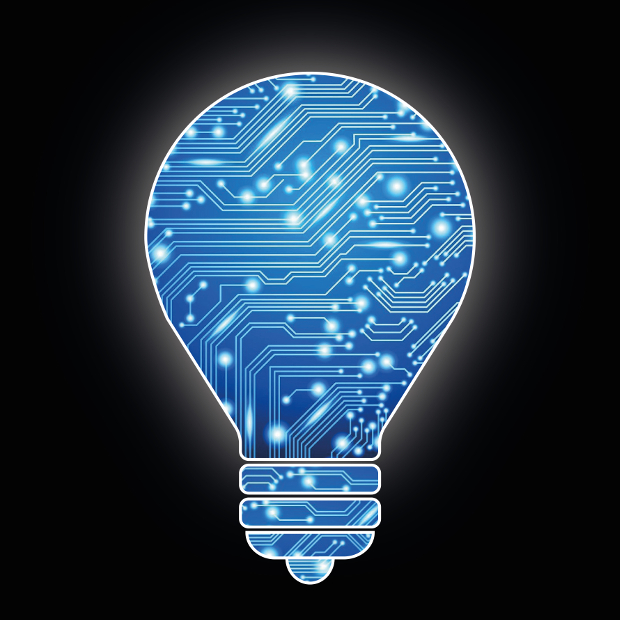Researchers from the University of Houston have devised a new machine learning algorithm that can identify suitable materials for LED lighting. The new algorithm can be run on a personal computer and predict the properties of more than 100,000 compounds in search of those most likely to be efficient phosphors for LED lighting. The result of the research was published on October 22nd in Nature Communications.
LED based bulbs work by using small amounts of rare earth elements, usually europium or cerium, substituted within a ceramic or oxide host. As the interaction between the two materials determines the performance, the research aims to rapidly predict the properties of the host materials.

(Image: University of Houston)
Jakoah Brgoch, assistant professor of chemistry at University of Houston, and his research team used machine learning to quickly scan huge numbers of compounds for key attributes. They synthesized and tested one of the compounds predicted computationally – sodium-barium-borate – and determined it offers 95 percent efficiency and outstanding thermal stability.
Brgoch said the project offers strong evidence of the value that machine learning can bring to developing high-performance materials, a field traditionally guided by trial-and-error and simple empirical rules.
The project started with a list of 118,287 possible inorganic phosphor compounds from the Pearson’s Crystal Structure Database; the algorithm whittled that to just over 2,000. Another 30 seconds and it had produced a list of about two dozen promising materials. According to Brgoch, without machine learning method, the process would have taken weeks to be done.
“It tells us where we should be looking and directs our synthetic efforts,” Brgoch said,
“Now we can to use the machine learning tools to find a luminescent material that emits in a wavelength that would be useful. Our goal is to make LED light bulbs not only more efficient but also improve their color quality, while reducing the cost.”












